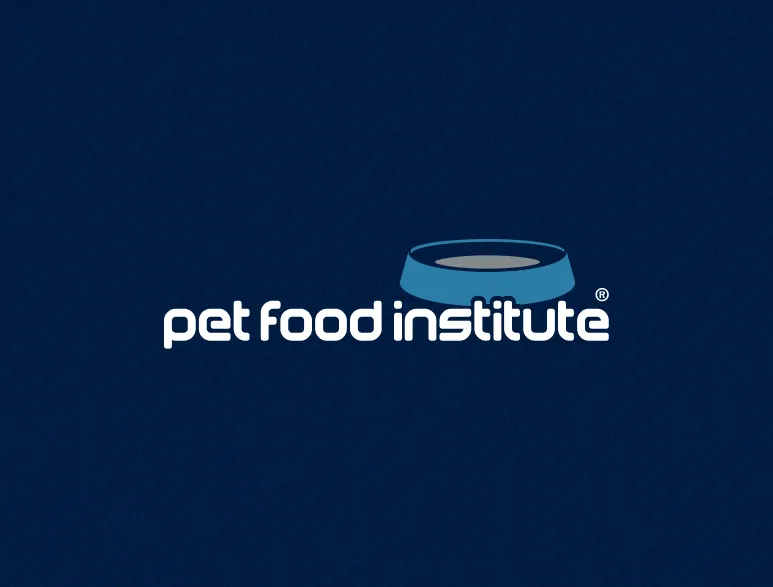The U.S. pet food industry is growing and evolving rapidly. This week, the Pet Food Institute (PFI) released the 2025 Pet Food Production and Ingredient Analysis report in partnership with the Institute for Feed Education and Research (IFEEDER), American Feed Industry Association and North American Renderers Association.
The pet food sector reported 51.7 billion in sales in 2024, with 9.8 million tons of pet food produced using 600+ safe, nutritious ingredients, according to the new report, which provides a deep dive into the ingredients that make up the diets of dogs and cats in the U.S. and offers in-depth economic impact data.
Below are three key takeaways from the 2025 Pet Food Production and Ingredient Analysis report.
1. The pet food industry plays a crucial role in supporting rural economies and U.S. agriculture. The pet food industry serves as a significant economic driver in America’s rural communities. In 2024, pet food manufacturers purchased $13.2 billion in farm products that are used as ingredients in dog and cat food. Farmers supplying these ingredients relied on $9.8 billion in materials and services from their suppliers, who in turn purchased $7.6 billion in equipment, labor and services from other industries.
By sourcing ingredients used in pet food sourced from local farmers, ranchers and fisheries across the U.S., the pet food industry supports thousands of jobs in agriculture, manufacturing and logistics, which strengthens rural economies nationwide. This demand also helps to sustain family-owned farms and agricultural businesses.
Investments in rural infrastructure and sustainable sourcing also benefit these communities, creating long-term economic stability while ensuring a steady supply of quality ingredients for pet food production.
See how pet food is made to follow its journey from supplier to your cat or dog’s bowl.
2. Sustainability efforts are driving increased use of upcycled ingredients to reduce food waste and environmental impact. Pet food makers are committed to continuously working to improve sustainability efforts, including using upcycled ingredients. For the first time in this report, researchers looked at the use of upcycled ingredients. In 2024, pet food manufacturers incorporated more than 3 million tons of upcycled ingredients into dog food and over 1 million tons into cat food.
Pet food makers are increasingly using nutritious by-products from the human food supply chain—such as fruit and vegetable pulp, spent grains and surplus proteins—to reduce waste, reduce agriculture’s environmental footprint and create high quality pet food.
According to the report, 44% of the ingredients are upcycled ingredients (adding up to 4.1 million tons), showcasing the industry’s commitment to minimizing environmental impact while providing cost-effective, sustainable nutrition solutions for pets.
3. The pet food industry is meeting growing demand for premium ingredients. The 2024 report captures a new category of “fresh” pet foods (i.e., those pet foods which are generally made with human-grade, fresh ingredients, cooked at low temperatures and delivered to the owner in a refrigerated or frozen state). Since the last report analyzing 2019 data, demand for premium ingredients has surged, with marine ingredients increasing by 95% and meat and poultry ingredients by 34%.
According to the report, chicken and chicken products were the most-used ingredients in U.S. dog and cat food by volume, followed by whole and milled grains. Find out more about some common ingredients included in pet food recipes and understand what function they play.
The variety of ingredients used in pet food supports complete and balanced nutrition tailored to pets’ dietary needs. Feeding cats and dogs pet food that is labeled “Complete and Balanced” will ensure pets are getting the 40+ nutrients in their diets, in the proper amounts, that they need to thrive. Learn how to read pet food labels.
The 2024 Pet Food Production and Ingredient Analysis report serves as a crucial resource for the pet food industry, offering data-driven insights and expert analysis. Download the full report.



